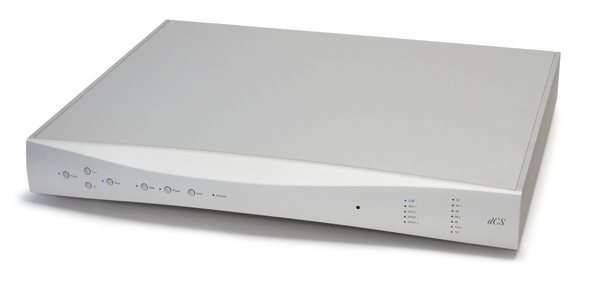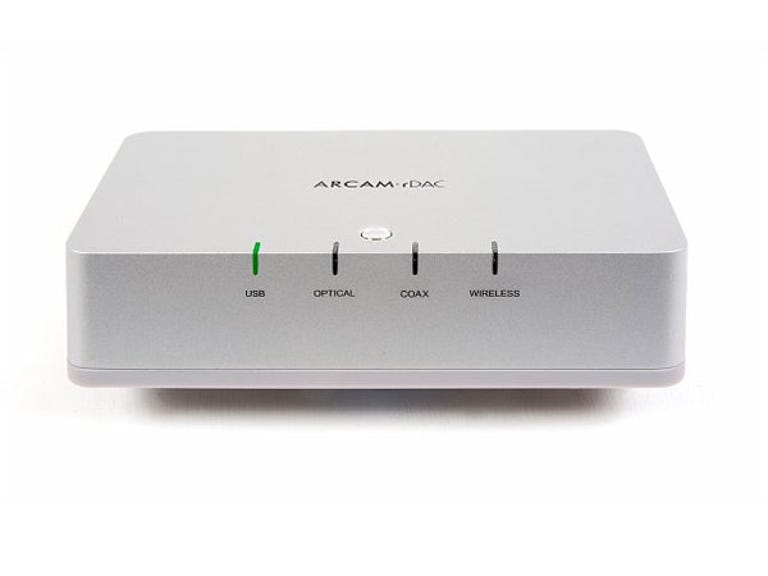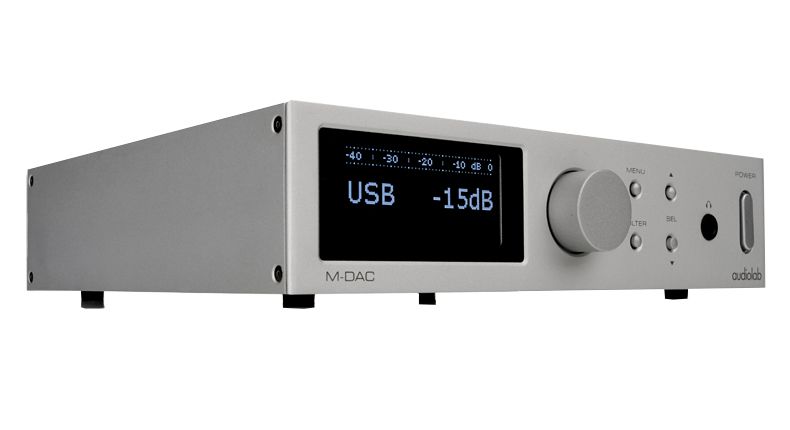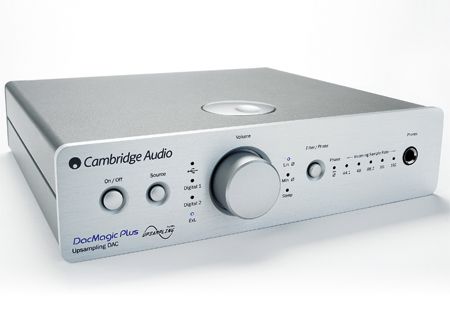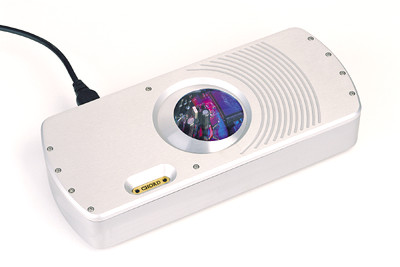When this DAC came in the United Kingdom in 2007, it was nearly alone. It’s funny to think of now, but the digital to analogue converter was nearly extinct. The Benchmark DAC1 was a bit of a novelty back then, and the USB option that arrived soon after added to its uniqueness.
The unit’s pro audio roots give it a unique feature set that you won’t find on most culinary hi-fi systems. Along with the RCA phono line outs, there are balanced XLR outputs that may be switched between fixed and variable output. When the latter option is selected, the front panel mounted knob is actually a volume control (by a small switch on the back panel). Interestingly, the unit contains movable trim pads, allowing you to fine-tune channel balance even when utilizing the fixed out. This is intended for use with active pro monitor speakers, according to the manufacturer.
TOSLINK optical, coaxial (through BNC; an adaptor is provided for people who do not have BNC leads), XLR, and, of course, USB are the digital inputs. The rear panel includes all of them, while the front panel has two 6.3mm (i.e. ‘quarter inch’) headphone outputs — yep, the Benchmark is actually a headphone amplifier in addition to having a variable out. Some in the hi-fi community will appreciate this ‘free gift,’ while others will dismiss it as unimportant, but you can bet it’ll be a must-have feature in pro audio applications. The four digital inputs are represented by blue LEDs that flash if they haven’t locked onto a digital signal, and are toggled between by a single front-mounted switch.
With up to 24-bit resolution, the DAC1 USB works at sampling frequencies of 32kHz, 44.1kHz, 48kHz, 88.2kHz, 96kHz, 176.4kHz, and 192kHz. There is no manual control for this, and there are no LEDs to show what is going into the machine. The company’s bumph makes a lot of noise about its UltraLock technology, which is designed to reduce jitter and so make transportation less important. The Benchmark is, as you’d expect, a well-built machine that serves as a reminder to the rest of the world that pro audio gear lives in a distinct realm. It’s available in black or silver, with rack mounting handles as an option. The volume control and input selector are excellent, but the RCA phono plugs on the back aren’t as sturdy as I’d hoped.
Pulling the lid off reveals even more user-configurable features, like a 10dB gain reduction switch for delicate headphones and the ability to silence the machine’s line outputs when phones are plugged in. It’s well-made, with largely surface-mount parts on a single PCB and a large toroidal transformer with large reservoir capacitors. An Analog Devices AD1896 sample-rate converter is installed, which feeds a multibit sigma-delta stereo D-A converter chip from Analog Devices AD1853 that is powered directly from the reference crystal oscillator and feeds three NE5532 op-amps per channel.
Even by today’s standards, the DAC1 sounds powerful and detailed, with a tight, gripping, and musically coherent character. It costs £1,000 in the UK. At the other end of the spectrum, it impresses with a clear and open treble, and the DAC1 USB also produces a far wider recorded acoustic than other competitors. It sounds right without imbuing the proceedings with its own personality.
The USB input is flawless, albeit not asynchronous (this was back when USB was new), and the headphone outputs are a pleasant surprise, providing excellent sound. It does a fine job as a preamplifier, but it’s no match for a strong passive competitor, making things sound somewhat more diffuse and less dramatic. Overall, it’d be a great upgrade for most sub-£2,000 CD players, as well as a great method to improve the sound of your DVD player, DAB radio, computer, and Sky box.


